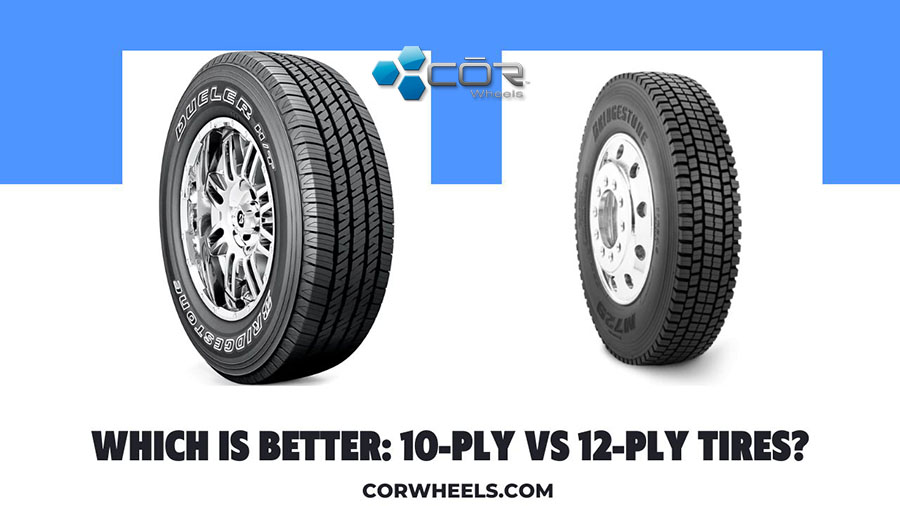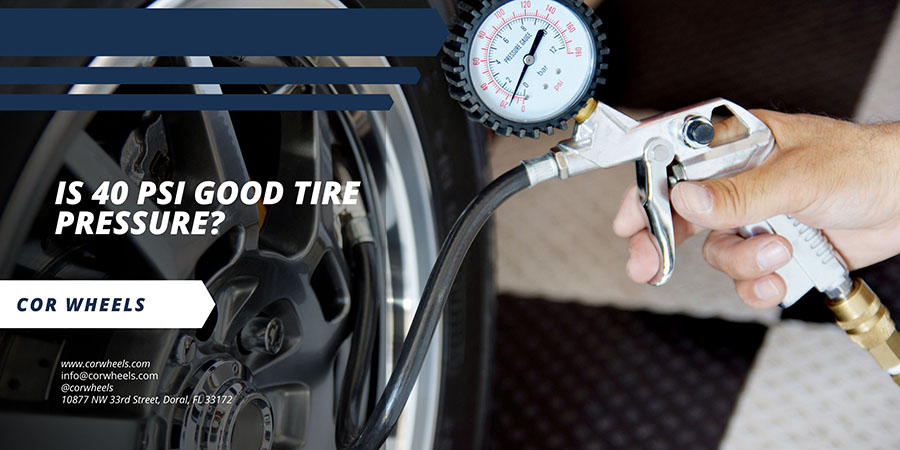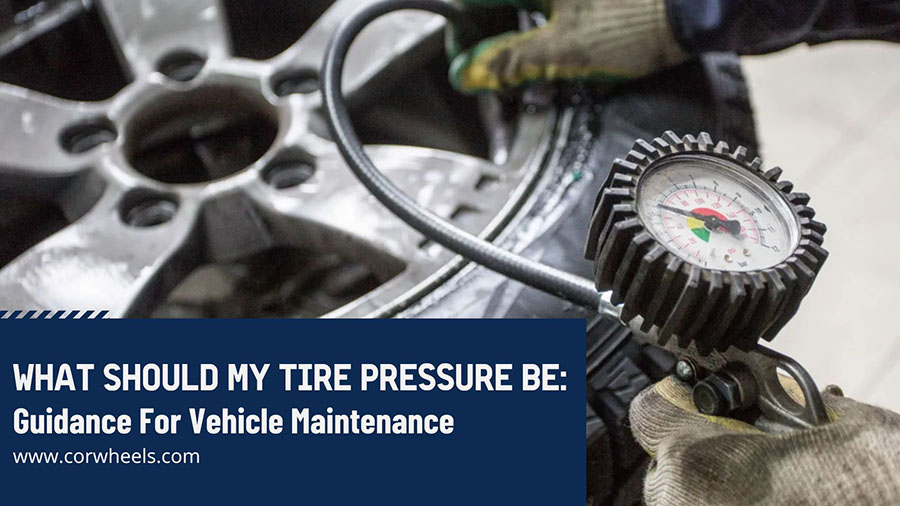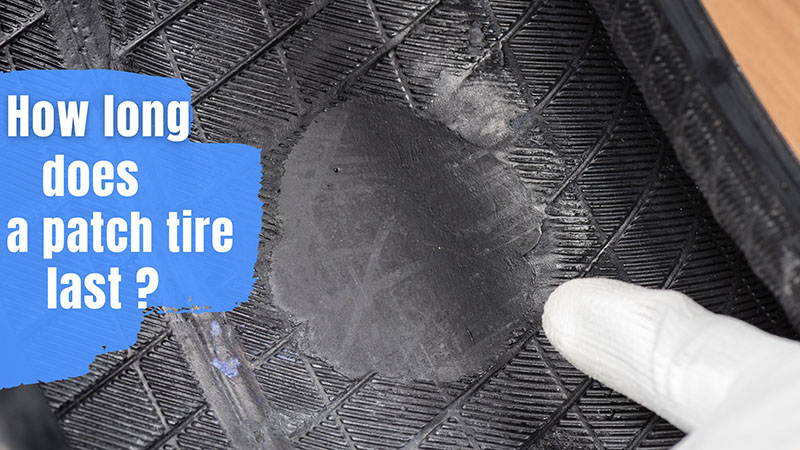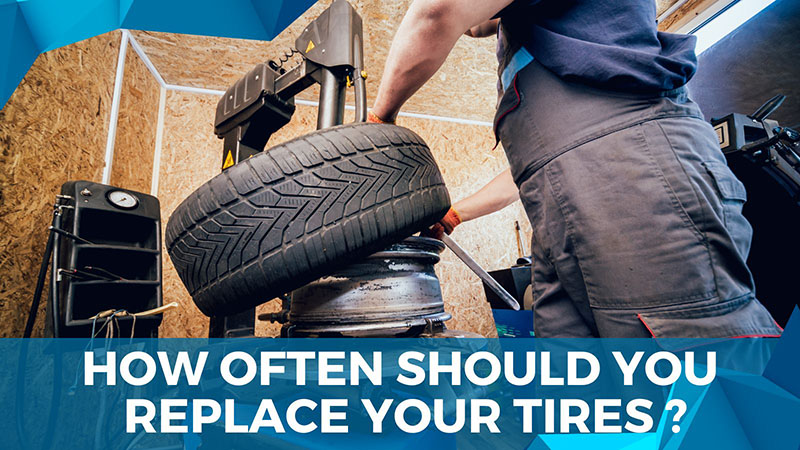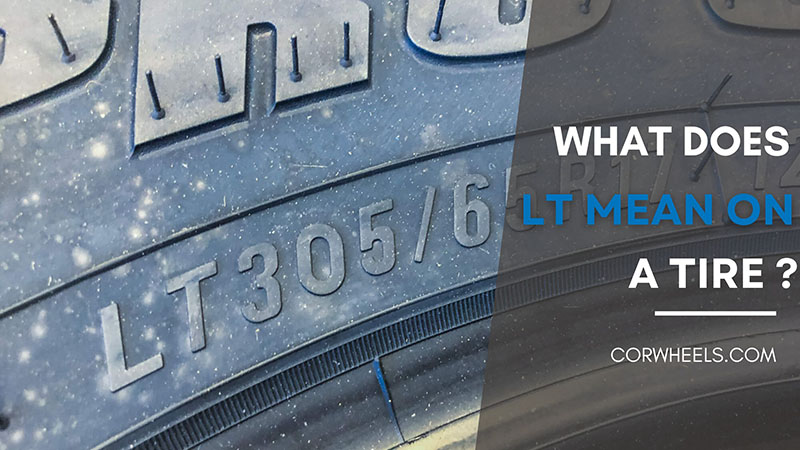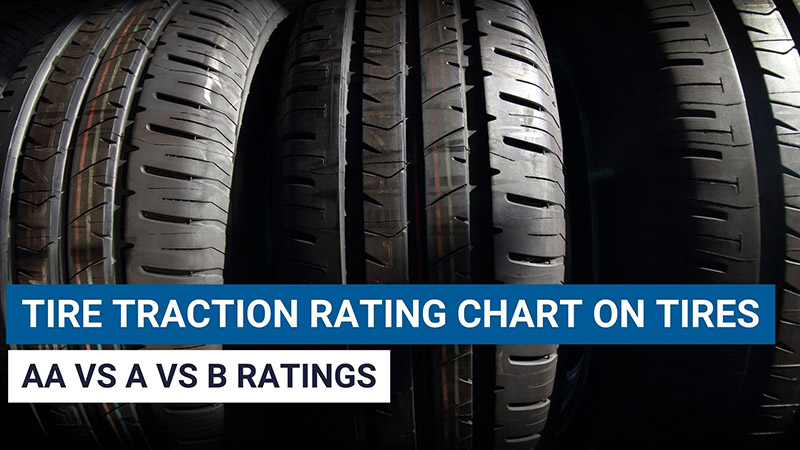Choosing the right tires is important because they impact the car’s overall performance and safety. The choice of tires should be appropriate for the conditions under which the vehicle will be used. Two typical tire varieties are 10-ply and 12-ply tires. You should be aware of the standard tire size for your car to select the right tire.
This post will provide more information on how both components function to decide which is best for your vehicle.
In this article:
Quick Rundown of 10-ply Tire
10-ply tires have a light truck, ply construction, and less traction, also known as E load-index tires. They can only withstand air pressures of 65 psi to 80 psi. To assess how much load a tire can handle, engineers no longer need to look at ply ratings in detail.
Pros
- Budget-friendly price
- Enhanced towing performance
- Specialized in the transfer of large goods
- The durable substance is difficult to puncture.
- Suitable for construction sites
Cons
- Not for curb roads
- Heavy tire weight
- The force of pulling heavy objects is limited
Quick Rundown of 12-ply Tire
Unlike 10-ply tires, 12-ply tires have a much stronger, larger tire and more durable structure. Because it’s made of durable rubber, it can withstand high air pressure of 95 psi, hence the so-called 12-ply tire with the corresponding “F” load rating. This tire is durable and has great traction.
Pros
- Durability
- Multi-layered structure
- Strong and long-lasting operational mechanism
- Capable of supporting large loads
- High working efficiency
Cons
- Expensive
- Heavyweight tire
- Consumes a lot of fuel
- Unpopular
Detail Comparison Between 10-Ply And 12-Ply Tires
So that customers can select the proper tire for their vehicle and better understand the structure of tires, you can refer to the comparison features of 10-ply and 12-ply tires below.
Costs
Because of their superior performance, 12-ply tires are more expensive than 10-ply tires. Because the 12-ply tire has many robust layers and better qualities, it is more costly than the 10-ply tire. Additionally, a 12-ply tire is a long-lasting tire and has the best load-carrying capacity.
However, 12-ply tires are less common than 10-ply tires. Because the quantity sold is small, but the amount purchased is large, the price is higher. Furthermore, because 12-ply tires have a very heavy structure, transportation costs to meet customer needs are also higher.
So, 10-ply tires are cheaper than 12-ply ones.
Better Fuel Economy
Tires with 12 plies have a higher fuel requirement than those with 10 layers. Because 12-layer tires are structurally heavier than 10-ply tires, as was said in the preceding sentence, more force is needed to move them.
When the car moves quickly, there is more tire-to-road friction, which raises the drag. The main distinction between tires with 10 and 12 plies is that fuel usage and inflation pressure will increase as a result.
Comfort
The comfort of 10-ply tires is superior to 12-ply tires. In order to sustain extremely high air pressures of up to 95 psi, the 12-ply tire is first made with the toughest and most resilient rubber resin. On 12-layer tires, large mass products are frequently conveyed.
Additionally, the 10-ply tires are smoother on the road, especially at faster speeds, because they are composed of softer rubber combinations. Priority is given to only light cargo, with that structure to help the wheels handle the bends easily, without bouncing when driving on sharp roads.
Performance
Because they are thinner and substantially better equipped to resist a change in direction, 10-ply tires perform better than 12-ply tires. The wheel must be constructed in the most robust manner possible to endure the 95 psi excessive air pressure. Using 10-layer tires is advised if you do not need to tow heavy goods because they will make your automobile travel more smoothly.
Road noise
As we all know, the structure of 10-layer tires uses softer tire compositions to make the movement smoother and easier. The design of the 10-ply or 12-ply rubber layers is also related to the noise level of the tires when traveling. But for traveling on highways or bumpy roads, 10-layer tires move more smoothly and do not make a loud noise.
So, Which Is Better, 10-ply Or 12-ply Tires?
We appreciate the 12-ply tire more than its competition in terms of construction.
12-ply tires are built to be stronger and longer lasting than 10-ply tires and are shown in many aspects, including durability, performance, range, puncture resistance, heavy loads, and more. The thicker the additional layers, the stronger the tire wall is, enhancing its resistance to load range.
In addition, multi-layer tires improve traction by increasing the contact between the tire and the road surface. These thick tires will be robust and appropriate for the environment. Therefore, depending on the purpose of use, you should choose tires of the right thickness.
However, the main disadvantages of high-laminated tires include the higher price and weight maintenance costs. All products will inevitably wear out after a period of use. The best solution is to avoid the sun, use it for the right purpose, and regularly check the tire pressure.
FAQs
Are 12-Ply Tires Puncture Resistant?
Yes, 12-ply tires are made up of layers of rubber that can resist longer punctures in comparison with 4- or 8-ply tires. These tires have thick rubber layers, making them thicker and sturdier.
Sharp objects such as nails or glass are difficult to penetrate thick and heavy rubber layers. Therefore, the 12-ply tire is the best option if you wish to go farther without experiencing a flat tire.
Will 10-ply Tires Last Longer?
Since 10-layer tires are built more firmly than low-grade tires, they can remain unaffected even when driving on more difficult and bumpy terrain. For heavily loaded use, the rubber tires and sidewalls are made of more durable materials. The 10-ply tire will withstand more pressure thanks to its additional side protection.
In terms of tread design, certain companies provide a distinct and long-lasting tread pattern for multi-layered tires, while others do not. On the other hand, a 10-ply tire’s tread will always be thicker and deeper. As a result, tires can withstand common abrasion and wear more effectively than 4-ply tires.
How Much Weight Can 10-Ply Tires Handle?
10-ply tires are constructed with multiple layers of rubber but are less durable than 12-ply tires. 12-ply tires can withstand the highest air pressure, higher than conventional tires at 95 psi. As for the 10-ply tires at just 60 psi, the load capacity is low at just 2,314 pounds per layer. Therefore, 10-ply tires are unsuitable for carrying heavy goods and do not need many scissors.
See more: How Much Do Tires Weigh?
Conclusion
Because they can pull and carry more weight than all other layered tires currently in standard production, 10-ply and 12-ply tires are among the world’s most durable. Most conditions can be generally addressed by 10-ply tires, which are also more comfortable, less expensive, perform better, and consume less gasoline.
Overall, 12-layer tires are more durable, have more stability and can manage varied terrain better. It all depends on what matters to you more and how seriously you take the maximum load for a given type of tire.
See more: 4 Ply Vs 10 Ply Tires

